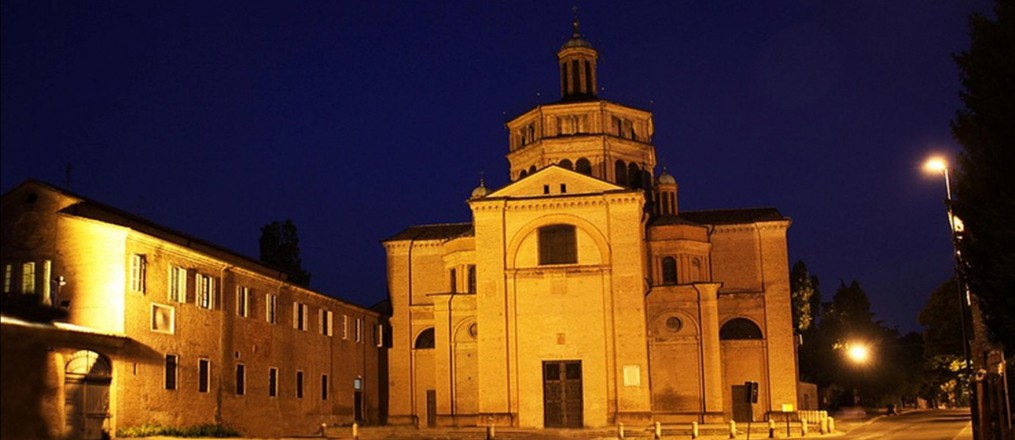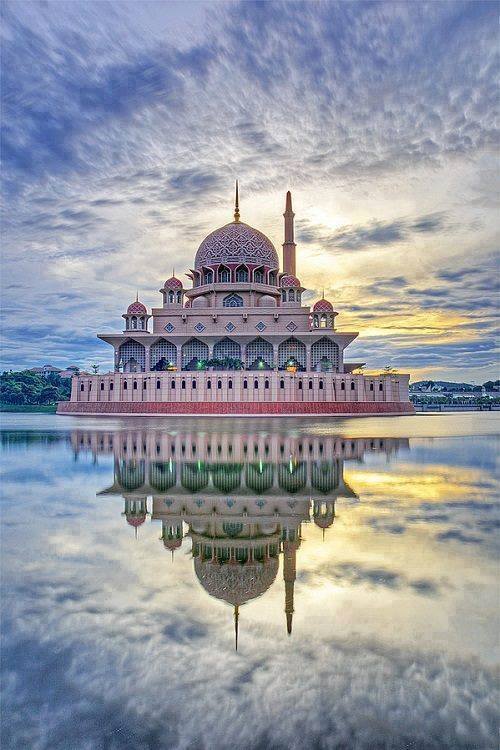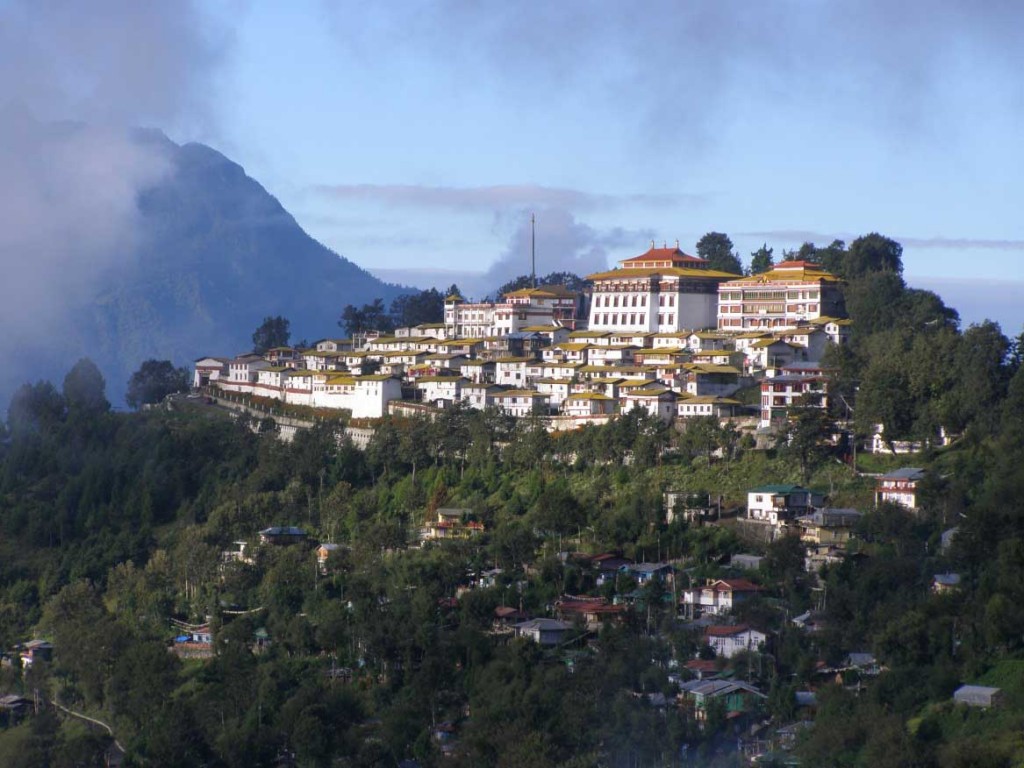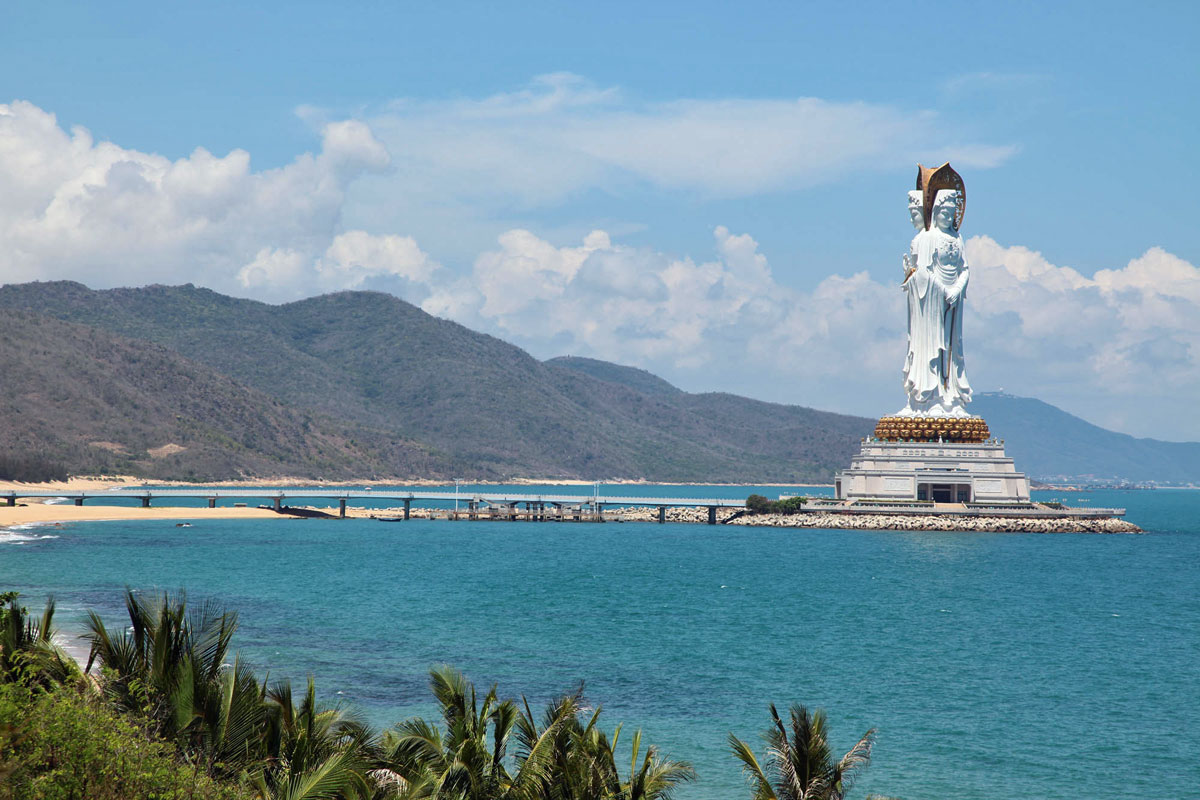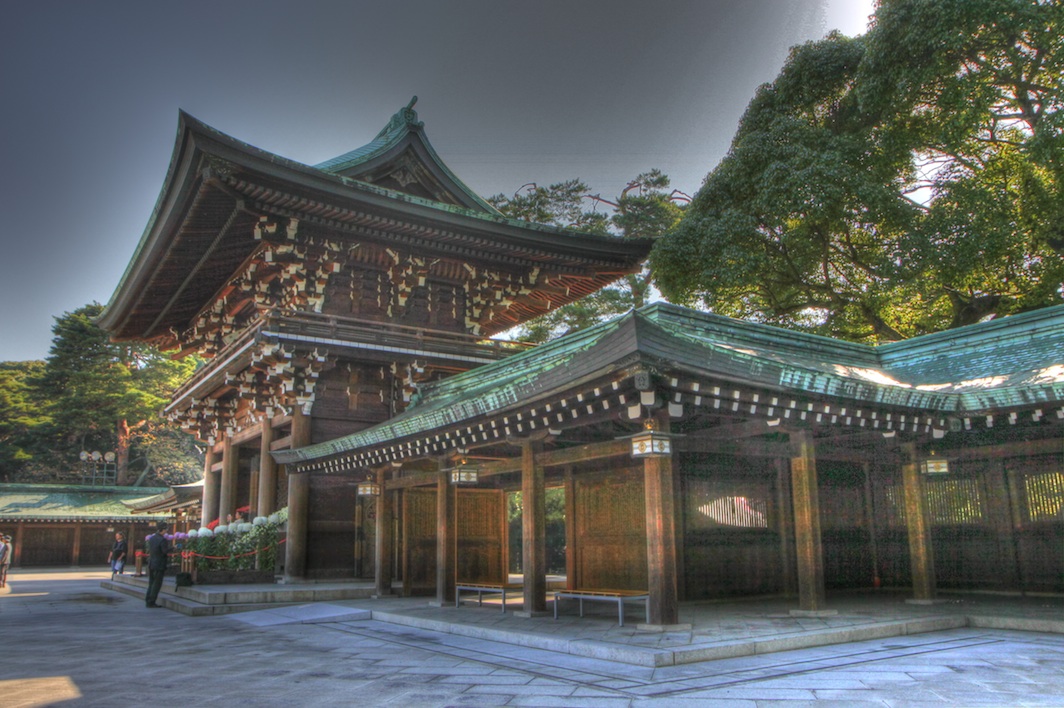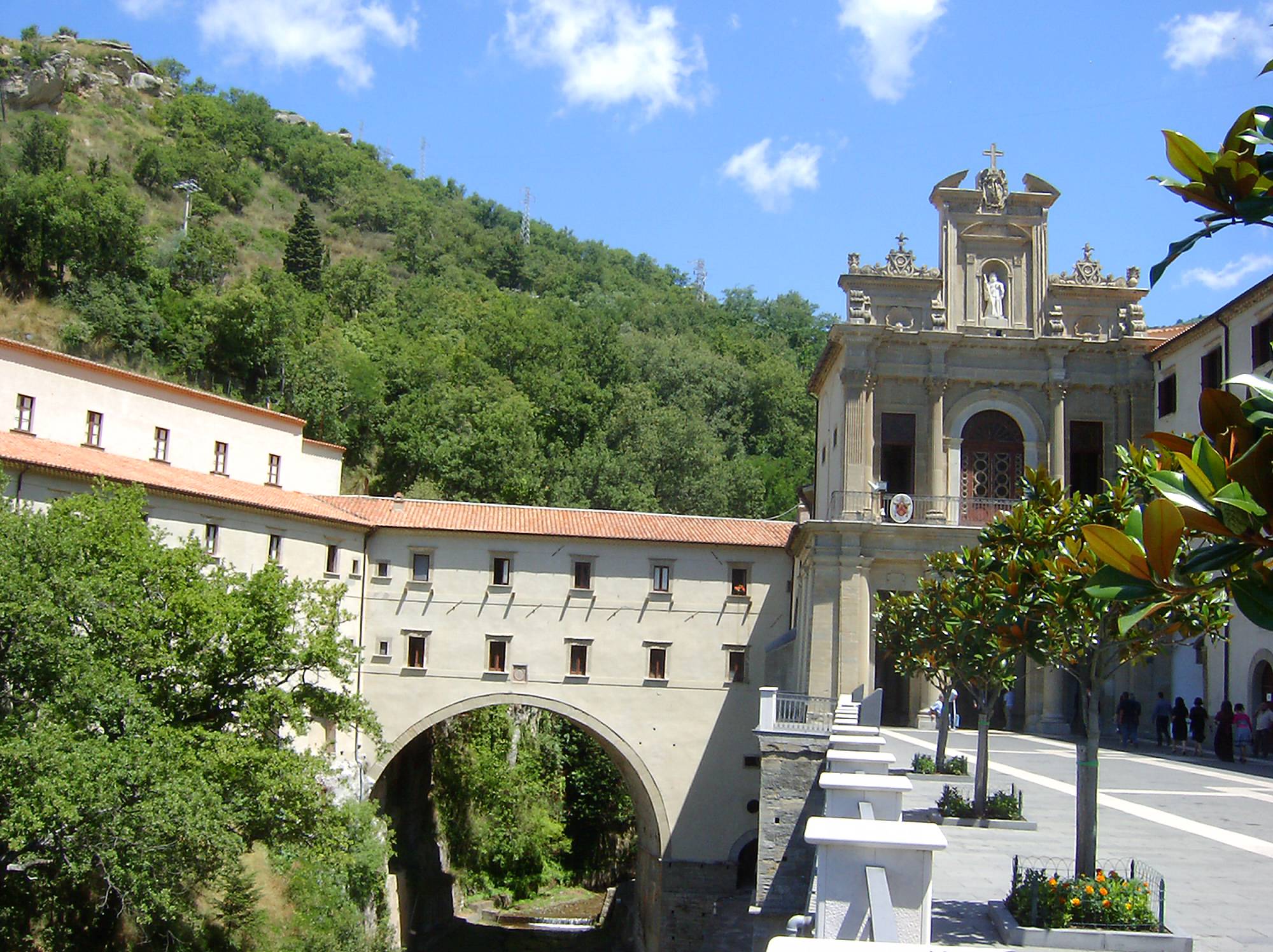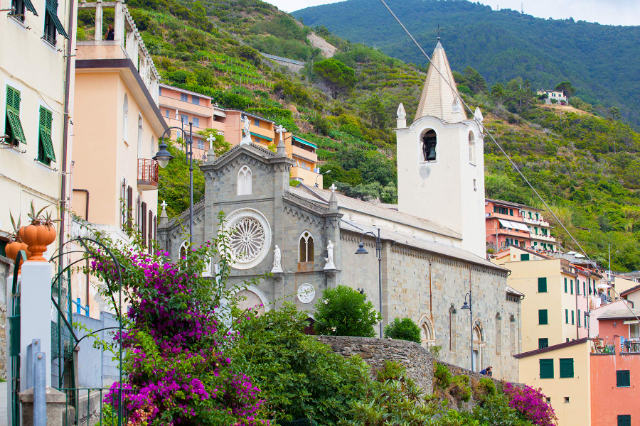Erected on the initiative of a group of citizens who formed a fabbriceria, in the early years of the sixteenth century (1522-1528), the church stands on the area previously occupied by another sacred building (the sanctuary of Santa Maria di Campagnola), where a wooden image of the Madonna and Child dating back to the fourteenth century was venerated; here, according to tradition, Pope Urban II in 1095 announced his intention to ban the first Crusade in the Holy Land.The architect Alessio Tramello from Piacenza was the designer and director of the works.
The church has a central plan, according to a scheme quite widespread in recent years: it stands out for the harmony of the arrangement of spaces and volumes organized in an essential and balanced way; harmony that, in some way, will be altered at the end of the eighteenth century when structural interventions will lengthen one of the arms to give shape to the choir and the presbytery.
Exceptional are the decorations and frescoes that cover the interior. Among the artists who have worked there with cycles of great works, there is Antonio Sacchi called Pordenone.
His, on the entrance wall, is St. Augustine and immediately afterwards the chapel of the Three Kings entirely frescoed by the artist as well as the subsequent chapel of St. Catherine.
Above everything dominates the mighty complex of the dome that stands in the middle of the Greek cross: the lantern depicts the Eternal Father supported by a glory of angels from which descend characters and stories of Christianity; the frescoes are the work of Pordenone and Sojaro.
The marble floor in various colours is the work of the Milanese artist Giambattista Carrà (1595), the statue of Ranuccio I Farnese by Francesco Mochi (1616) is also remarkable.
